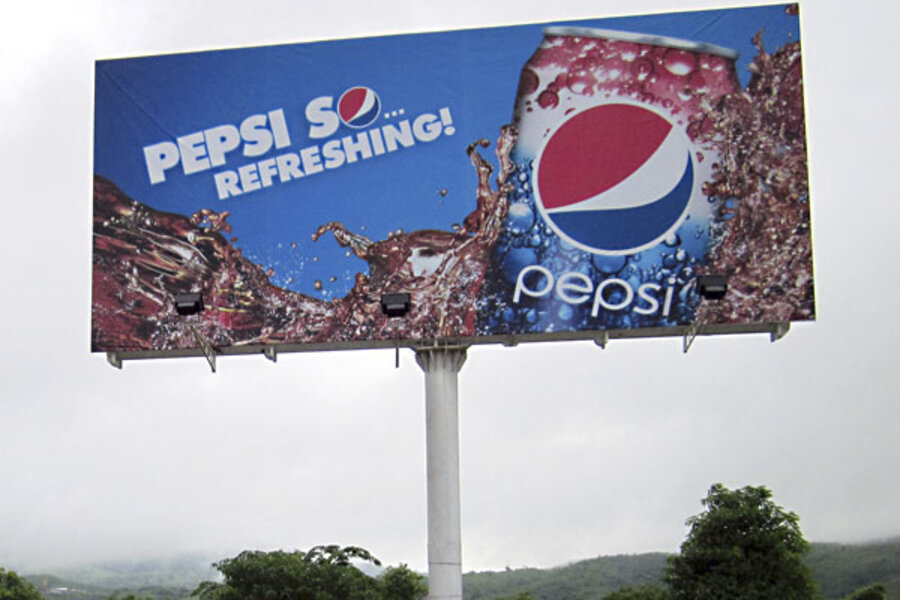How to control marketing messages
Loading...
Let’s just start off by answering the obvious question: what are the primacy effect and the recency effect?
The primacy effect means that people tend to remember the first information presented about something better than information presented later.
For example, let’s say that your first awareness of a product was during a segment on a morning show, where they lauded how well the product worked. If you were paying attention, that information is more likely to stick in your head (“this product is good and does the job well”) than information you find out later on about the product.
However, there is something that trumps the primacy effect: the recency effect means that people tend to remember the most recent information presented about a product above all else.
So, let’s say you’re interested in this product because of that morning show segment. However, later you discover that the product isn’t all it’s cracked up to be. At this point, the recency effect is on top, so your impression of the item is negative. Later on, though, you hear a few more positive reports, which match well with the first thing you heard. The primacy effect (the first thing you heard) and the recency effect (the last thing you heard) are both telling you the product is good, so you’re very likely to think the product is good.
Marketing people use this all the time. They want to control the first message you hear about a product and make sure it’s a positive message. They also want to control the last message you hear about a product before you make a buying decision.
They control the first message by using pre-release hype. They’ll find every way they can to talk up an upcoming product. They’ll use television, radio, print, and internet advertising to attempt to give you the first information you hear about a product.
Often, they’ll use contacts in the news media to get stories written or presented about the upcoming product. I consider those to be the most pernicious.
For example, I’ve seen countless “news” stories touting the upcoming release of the iPhone 5, as well as the upcoming release of Windows 8. I’ve seen many previews of the upcoming novels by J. K. Rowling and Michael Chabon. In each case, the goal is to get a positive perspective on those upcoming things into my mind before anything else and, in most cases, it’s worked.
At the same time, they strive to control the last message, too. They do this by packaging products in very eye-friendly containers, ones that highlight the tastiness or sleekness or sophistication of the product. The more attractive the packaging and the better the product looks, the more useful it is.
The problem with all of this is that the research you actually do for a product ends up being the “middle” pieces of information, the ones you’re most likely to forget.
What can you do about that?
First, you can tackle the primacy effect by doing research on your needs as soon as you think about it. Don’t look at advertisements or other things. Instead, head straight for a trusted source of unbiased information on the product you’re considering, such as Consumer Reports. The less you know about specific products in a genre before you actually dig into the facts, the better. The best situation is when real data is your primary source on a subject.
Second, you can conquer the recency effect by using a shopping list. Figure out what you actually intend to get from your research and write it down. Keep it with you when you start to shop, and trust what you’ve written. Don’t let product displays or “anonymous” reviews sway you in the shopping process. You’ve done the research, so trust what you’ve discovered. Let that product name you’ve written down be your most current piece of information about what to buy.
Don’t let the biases of your mind get in the way of making a good purchasing decision.






